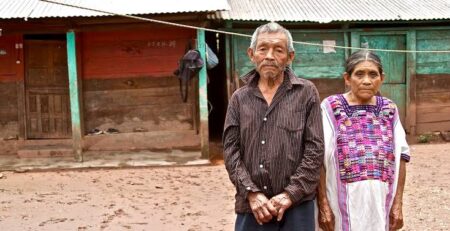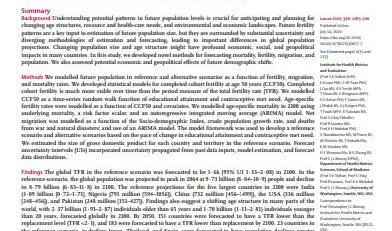Retirement Spending and Biological Age
By Huang Huaxiong, Moshe A. Milevsky & T. S. Salisbury (York University)
Abstract: We solve a retirement lifecycle model in which the consumer’s age does not move in lockstep with calendar time. Instead, biological age increases at a stochastic non-linear rate in chronological age, which one can think of as working with a clock that occasionally moves backwards in time. Our paper is inspired by the growing body of medical literature that has identified biomarkers of aging which — practically speaking — offer better estimates of expected remaining lifetime and future mortality rates. It isn’t farfetched to argue that in the not-too-distant future of wearable technology, personal age will be more closely associated with biological time vs. calendar age or time. Thus, after introducing our stochastic mortality model we derive optimal consumption rates in a classic Yaari (1965) framework adjusted to our proper clock and time. In addition to the normative implications of having access to biological age, our positive objective is to partially explain the cross-sectional heterogeneity in retirement spending rates at any given chronological age. In sum, we argue that biological age is not a sufficient statistic for making economic decisions and you need information about both your ages to behave rationally.
Full Content: SSRN










